-

With the increasingly high degree of systematization and integration of automation applications in various industries, the demand of users for the overall solution of the industry is increasingly prominent, and the inverter industry is in urgent need of change. When the customer's experience requirements are higher and higher, the simple use of frequency converter can no longer meet the needs of customers.
-
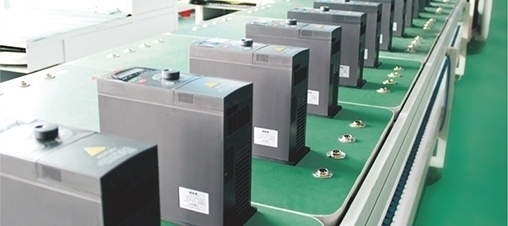
One form is called "free parking.". As the name implies, it is to quickly "power off" the motor, so that the motor can slide and stop by its own inertia force (off2 stop);
-
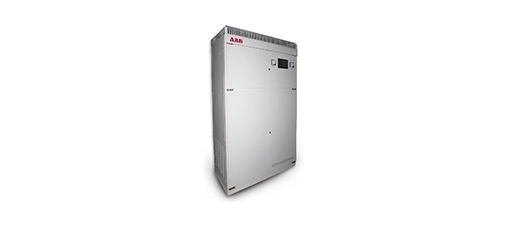
Compared with the motor driven by sine wave, the power factor and efficiency of the motor will be deteriorated and the temperature rise will increase due to the influence of high harmonics in the output waveform of the inverter. When the frequency converter drives, the output current of the frequency converter should be equal to that of the fundamental power supply.
-
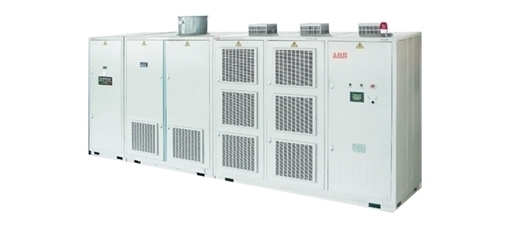
Mechanical overload: the main feature of overload is motor heating, and can be found by reading the running current from the display screen. The main reasons are that the load of frequency converter is too large, the acceleration and deceleration time and the operation cycle time are too short; the voltage of V / F characteristic is too high; the power of frequency converter is too small.
-
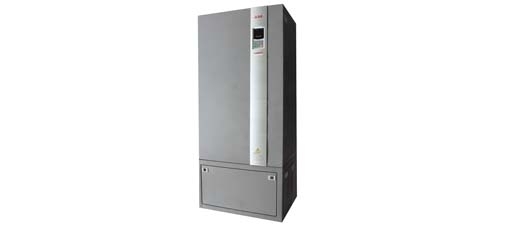
The switching frequency of traction motor inverter is relatively low, and its switching frequency is often not an integral multiple of fundamental frequency. In this way, the inverter output is not strictly periodic signal (of course, there is no strict periodic signal in the objective world, which means that the error is large). For example, each signal cycle contains 8.2 switching pulses.
-
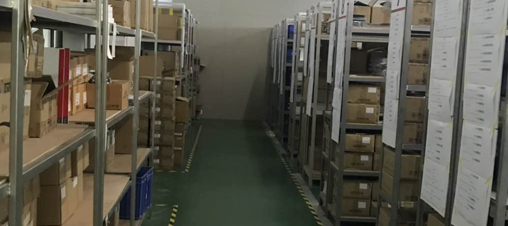
Variable frequency drive (VFD) is a kind of power control equipment which uses frequency conversion technology and microelectronics technology to control AC motor by changing the frequency mode of motor power supply.
-

The basic concept of servo is accurate, accurate and fast positioning. Frequency conversion is a necessary internal link of servo control, and there is also frequency conversion (stepless speed regulation) in servo driver. But the servo will current loop speed loop or position loop closed control, this is a big difference. In addition, the structure of the servo motor is different from that of the ordinary motor
-
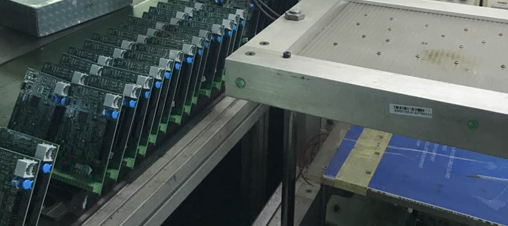
As mentioned above, when the rated current of some inverters is less than the rated current of motors of the same capacity, a larger inverter should be selected according to the load of the motor.
-
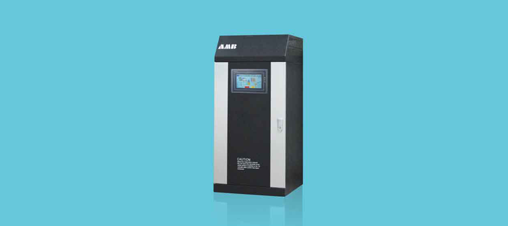
When selecting frequency converter, the actual motor current value should be taken as the basis of frequency converter selection, and the rated power of motor can only be used as reference. Second, the frequency converter and high-order power factor will be considered.
-
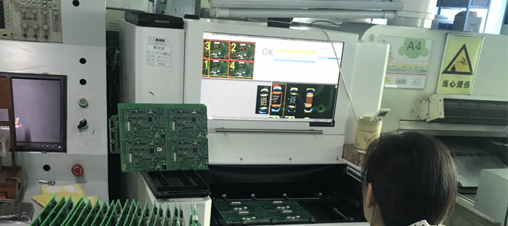
-
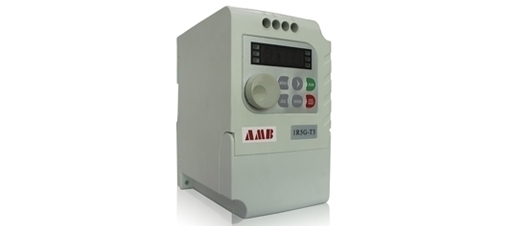
There are essential differences between servo and inverter in purpose and function. Which one to choose depends on the operating mode, load conditions, price and other factors. Basically, the performance of servo is superior to that of frequency converter. Therefore, when the inverter is changed to servo, there will be no operation problems. However, the following points must be considered.
-
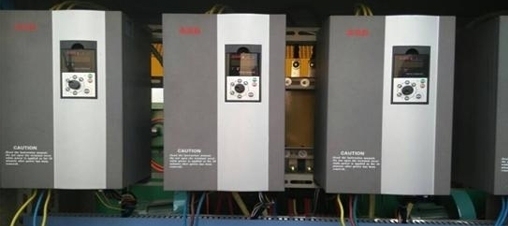
The inverter output is controlled by PWM (pulse width modulation, similar to high-speed switch), so leakage current with high frequency will occur.
-
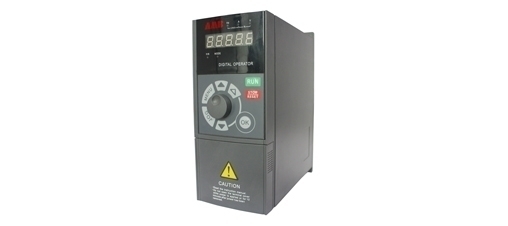
U/f constant control U/f control is to change the voltage of the motor power supply while changing the frequency of the motor power supply to keep the motor magnetic flux constant. In a wide range of speed regulation, the efficiency and power factor of the motor do not drop. Because it is the ratio of control voltage (Voltage) to frequency (Frequency), it is called U/f control.
-
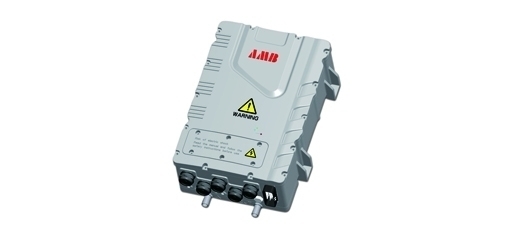
Soft starter and frequency converter are two completely different products. Frequency converter is used in the place where speed regulation is needed, its output not only changes the voltage but also changes the frequency; the soft starter is actually a voltage regulator
-

The correct selection of frequency converter is very important for the normal operation of control system. When selecting frequency converter, we must fully understand the load characteristics driven by frequency converter. In practice, production machinery is often divided into three types: constant torque load, constant power load, fan and pump load.
-
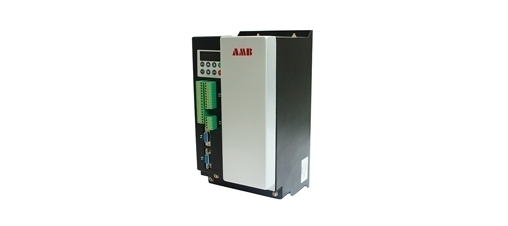
At present, the performance of domestic inverters is becoming more and more mature, with a wide range of types, which dazzles the candidates, Many brands have been tested by the market, but some brands have been imitated to disturb the market. One of the characteristics of domestic brands is that the appearance of a domestic brand is similar to that of an imported brand, and that of a domestic
-
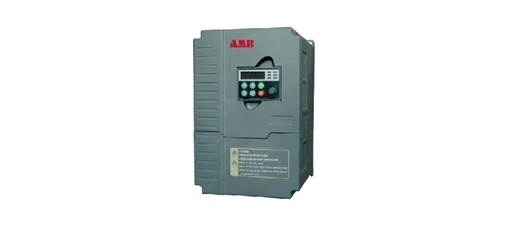
Ordinary asynchronous motors are designed according to constant frequency and constant voltage, which can not fully meet the requirements of variable frequency speed regulation. The following is the influence of frequency converter on motor:
-
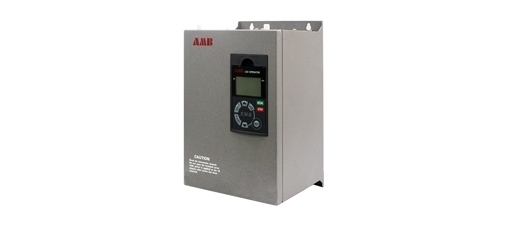
In the practical application of frequency converter, in addition to a small number of domestic customers have special machine rooms, most of them install the frequency converter directly on the industrial site in order to reduce the cost. There are problems of dust, high temperature and high humidity in the work site, such as metal dust and corrosive gas in aluminum industry
-
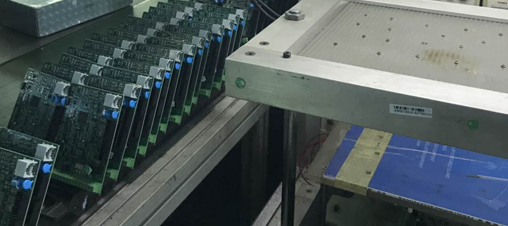
I believe that we have been in contact with the frequency converter, and many friends have used it. There are two kinds of frequency converters: general frequency converter and vector frequency converter. Although both of them can be used, there are differences between them. After reading the analysis below, we can understand why the price of vector converter is higher than that of general inverter.
-
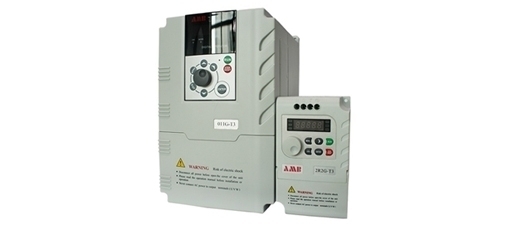






















 0755-81719517
0755-81719517
 0755-81719530
0755-81719530 amb@ambition.com.cn
amb@ambition.com.cn Floor 1, 5 and 6, building 7, lijincheng science and technology industrial park, gongye dong road, longhua new district, shenzhen
Floor 1, 5 and 6, building 7, lijincheng science and technology industrial park, gongye dong road, longhua new district, shenzhen